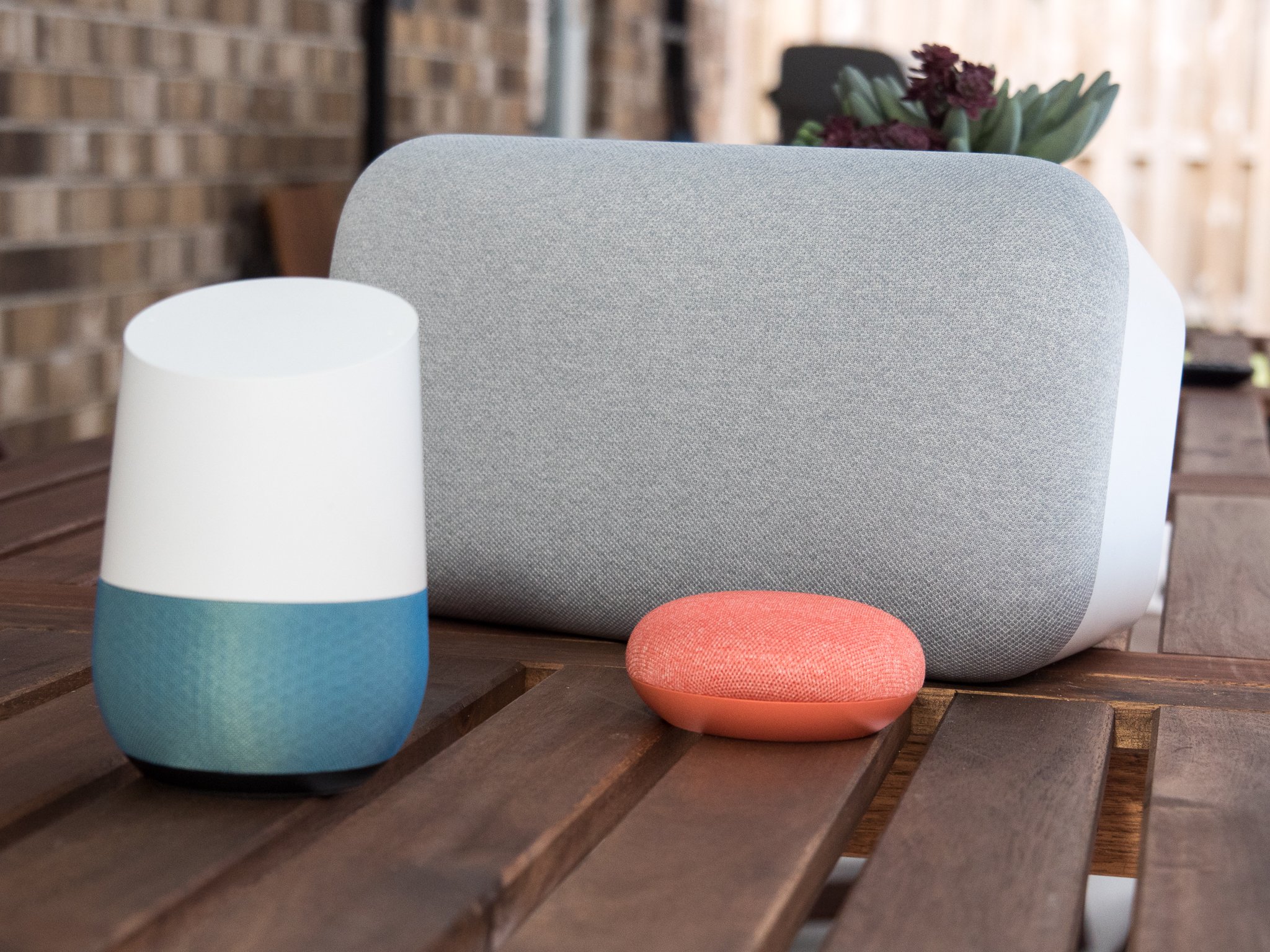Assistant is expected to be on 95% of Android phones by year's end and support for them all is on its way.
Last week Google said it would be adding some language support and other tools for Google Assistant soon because it has plans to support 30 more languages by year's end. Today we're seeing the first move from the company, along with some other great features to bolster Assistant in a suddenly competitive smart assistant world.
Today's news from Mobile World Congress has Google adding support for seven new languages:
- Hindi
- Thai
- Indonesian
- Danish
- Norwegian
- Swedish
- Dutch
Google Assistant now supports 16 languages as it prepares for any sort of wider release. But this isn't the end as Google tells us it has support for even more languages coming later this year. All of Assistant's supported languages are able to leverage Google's natural language processing for easy development through Dialogflow, as well as traditional programming through the Actions SDK.
To entice developers to localize their applications with multilingual Action support, they are offering a Google Assistant shirt and $200 worth of credit for Google Cloud hosting for publishing an app's first Action. All seven new languages will be supported in Google's Action template program, where a developer can fill in a simple web form and Google's AI builds the Action for them, and now developers can export their entire localization directory if they would rather translate offline and amend their resources.
That's not the only news for Google Assistant today, though. Google has also taken the wraps off of its deep app integration tools, so Assistant can do more with the apps we already use and love.
Assistant is great for quick and easy answers or singular tasks, but when you want to do something more complex a better experience is to be had from a dedicated application. Starting today, developers can integrate their complex applications with Assistant through the new Android Link feature.
The concept is beautiful — a developer can build out an Action through Assistant, and the result will be a link to any intent in the mobile app on your phone. The app will open and display the information you're looking for and be ready to take any input you need to give. Google gives the Spothero Action as an example, and when you ask about your parking reservation, it shows you all the details on your phone. The service will be rolling out to all developer accounts in the coming weeks, but the documentation is online if any want to get a head start.
Google is also introducing the new askForPlace conversation helper. Helpers are components of Assistant that take over when you need to get more information from users, such as a full name or an appointment time. The new askForPlace helper is integrated with the Google Places API to leverage Google Maps location services and points of interest to provide answers to users' location-based queries. This means developers won't have to design their own methods to tie a user and anything the user might need or want with a location. Above is an example of the Uber Action moving aside so the askForPlace helper can live up to its helper namesake.
You can learn more about the askForPlace helper at the helpers documentation site.
Finally, Google also says it has new ways to handle the introduction process for return users. This means when we go back to an Action we've used previously, it will be easy for Assistant to remember us and any information we've already supplied. Developers won't have to do anything here, its all done by the Assistant core.
2018 looks to be busy when it comes to smart computers doing smarter things, and Assistant will be right in the middle of it all.



0 Response to "You Can See More: Google Assistant gets support for more languages and deeper app integration"
Post a Comment